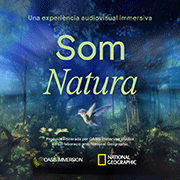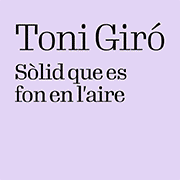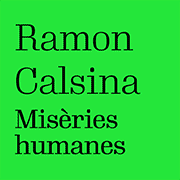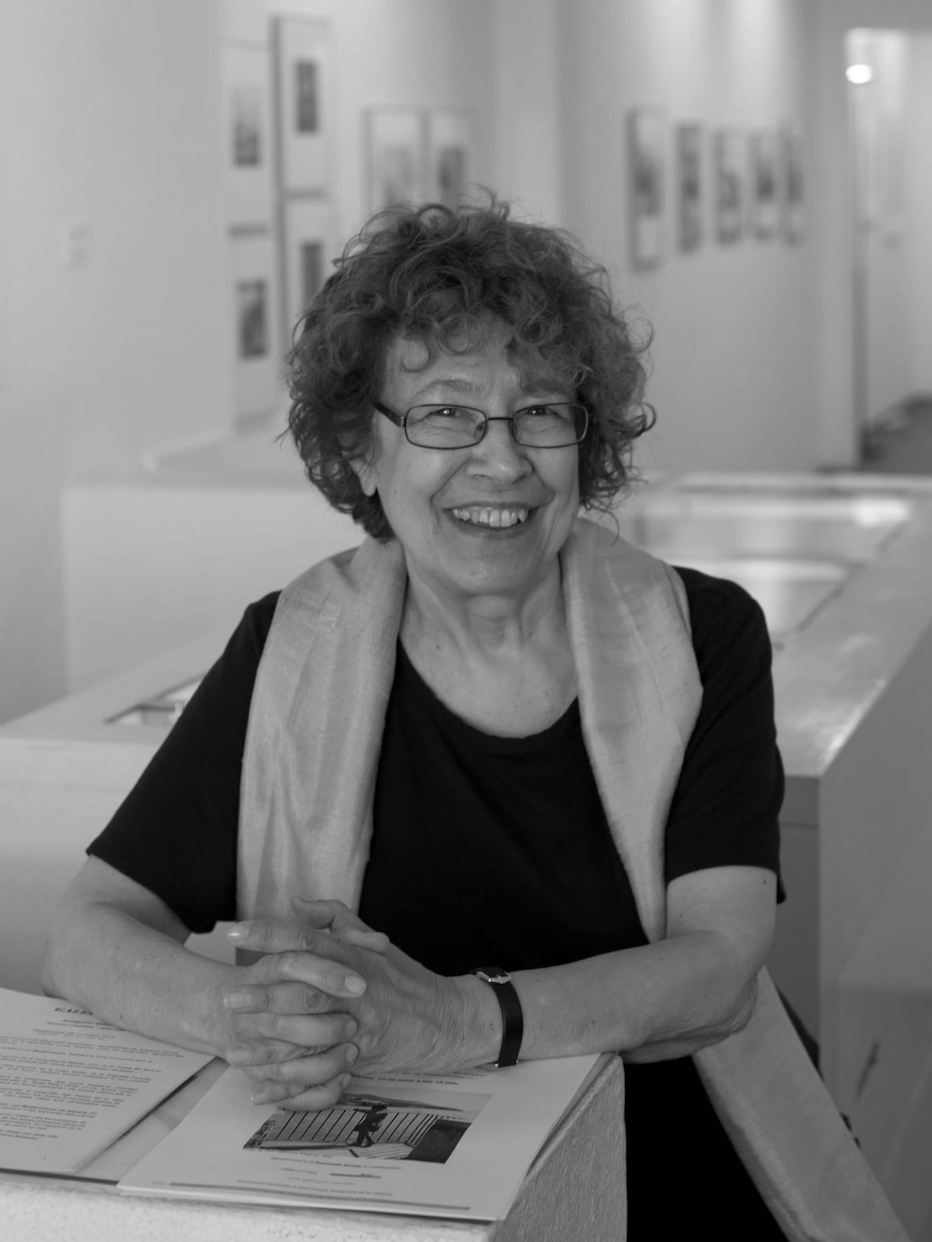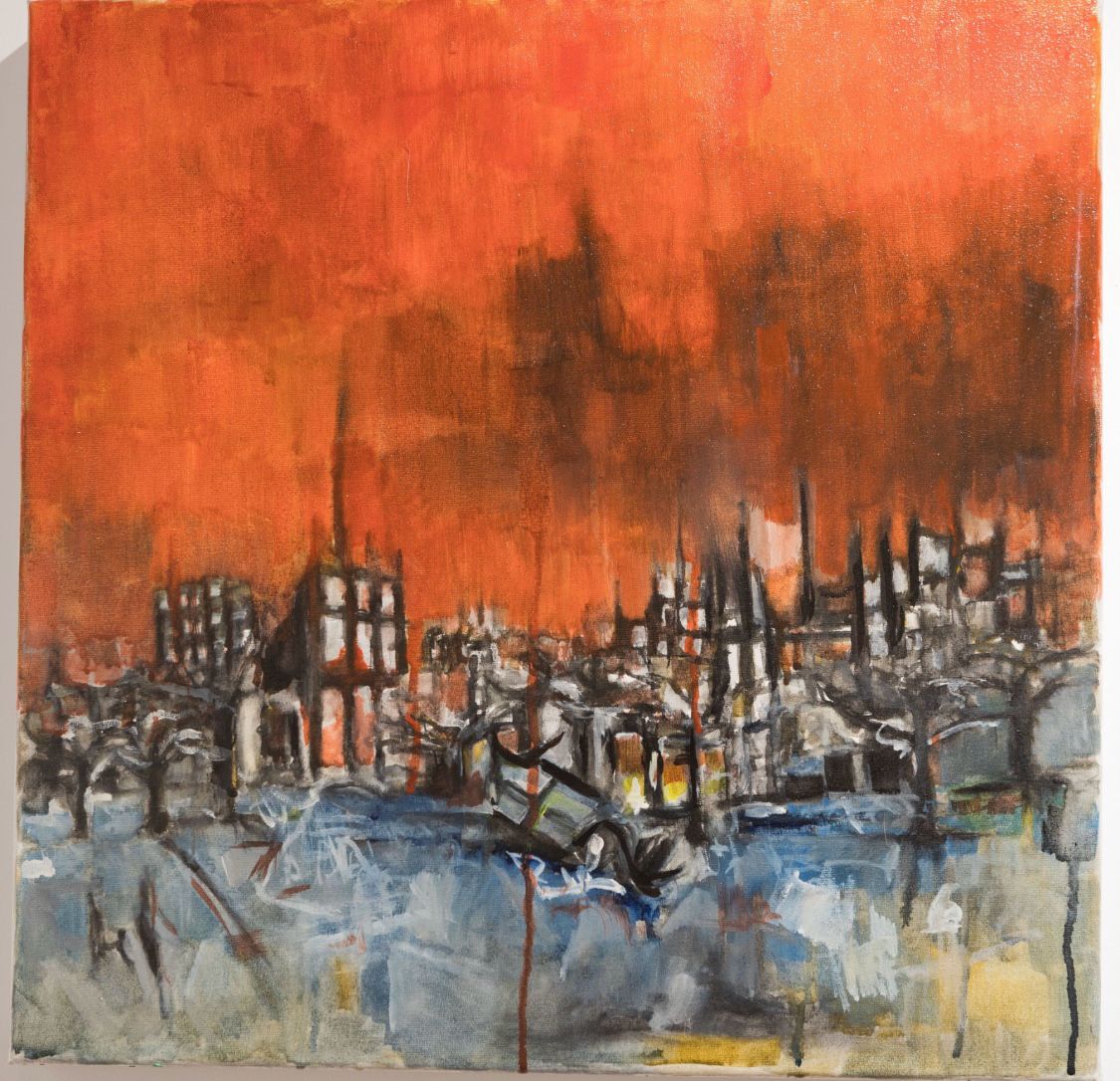Exhibitions
Brutal/Feral: architectures in conflict
A reflection on the future of cities in El Bòlit

Brutal/Feral is a proposal that confronts two architectural and urban visions at a key moment for the future of cities. The exhibition, curated by Andrés Hispano with the collaboration of Ingrid Guardiola , brings together the works of Marcel·lí Antúnez , Marta Bisbal Torres , Albert Coma , ISSA (Island School of Social Autonomy) , Laura Lio , Dani Montlleó and Txema Salvans , establishing a dialogue between two apparently opposing perspectives.
While brutalism is characterized by the rigidity of concrete, large architectural blocks and a city model based on property and security, feral explores the integration of urban space with nature, ruins and more organic forms of housing. A clear example of this architecture can be observed in partially abandoned cities, where vegetation and fauna have gradually reclaimed the space, such as the old neighborhood of Pripyat in Ukraine or certain areas of Detroit, where nature has colonized disused buildings. Likewise, feral is manifested in contemporary urban initiatives, such as the transformation of infrastructures into urban parks, in the style of the High Line in New York or the Parc de les Glòries in Barcelona, which prioritize biodiversity in the urban environment. This approach becomes especially relevant in the context of the climate crisis, which forces us to rethink the relationship between people, cities and the environment.
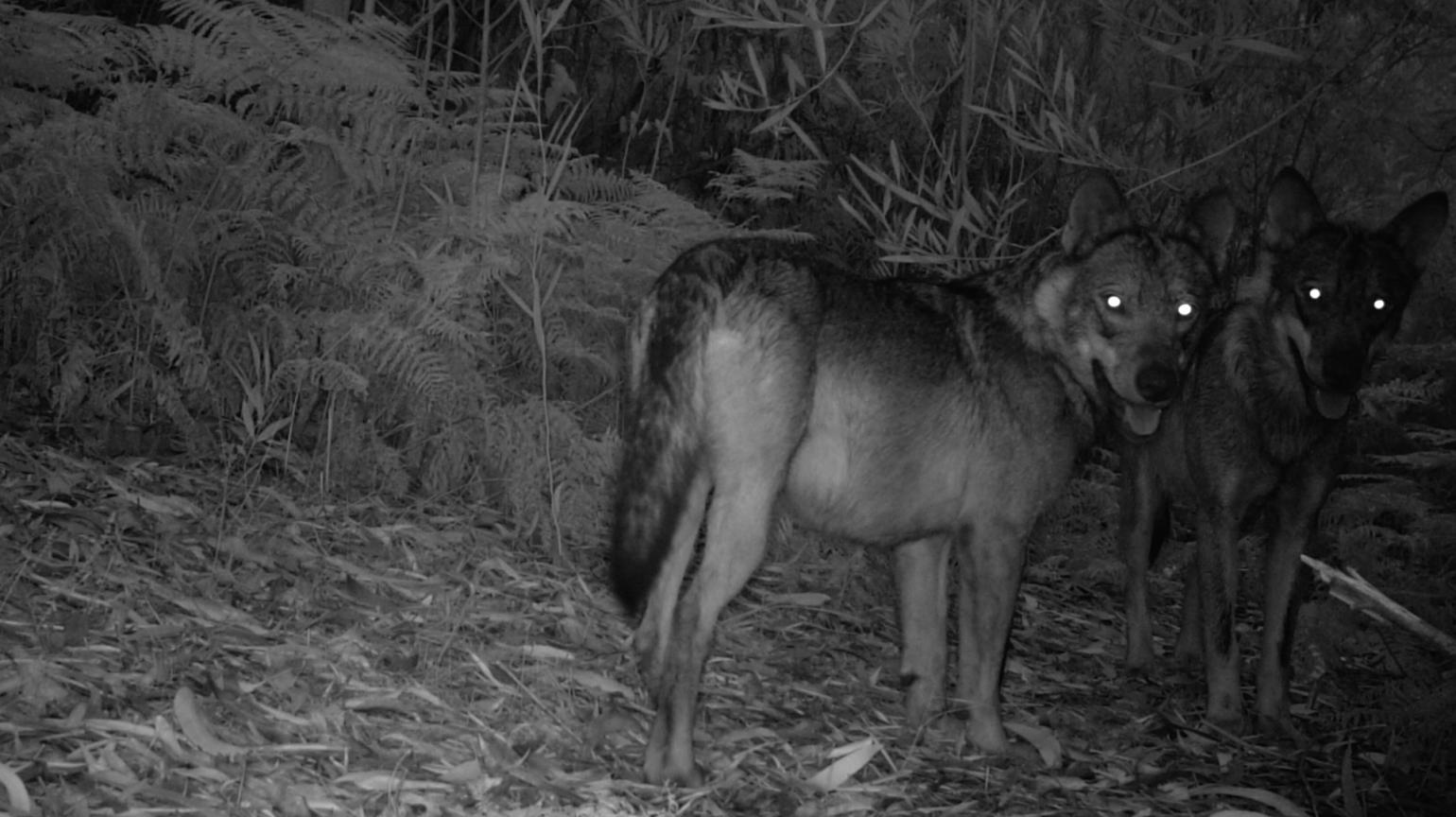 Salvaxe, salvaxe, Emilio Fonseca (2024)
Salvaxe, salvaxe, Emilio Fonseca (2024)
This exhibition is not limited to exhibition spaces, but also extends to public spaces and includes a program of complementary activities, such as screenings, book presentations, a seminar and guided tours. Among the outstanding works are the video installations by Marta Bisbal, which explore the presence of brutalism in cinema; the tower of waste and objects by Albert Coma, which reflects on waste and collective memory; and the photographic installation by Txema Salvans, which analyzes the paradoxes of urban habitability. It will also be possible to see how some cities have incorporated feral structures, such as the reuse of disused factories to convert them into community spaces, such as the Casal de Barri Pou de la Figuera in Barcelona, or the use of abandoned spaces as urban gardens in Berlin. Another highlight will be the interactive installation by ISSA, which invites viewers to imagine new housing models based on collaboration and self-management. This proposal is inspired by real experiences, such as the self-managed communities of Christiania in Copenhagen or the Can Batlló neighborhood in Barcelona, examples of spontaneous and participatory architecture that develops outside of institutional planning.
Brutal/Feral, which opens today and can be visited until May, is part of the cycle De rerum natura, which proposes a critical look at how we want to build the cities of the future. Within this framework, educational workshops aimed at architecture and urban planning students will be held, with the aim of exploring new forms of intervention in public space. Visitors will also be able to take part in guided tours of urban spaces in Girona that exemplify these two architectural visions, such as the Tax Office, representative of brutalism, and the reclaimed natural spaces around the Onyar River, which illustrate a more feral approach to urban planning.
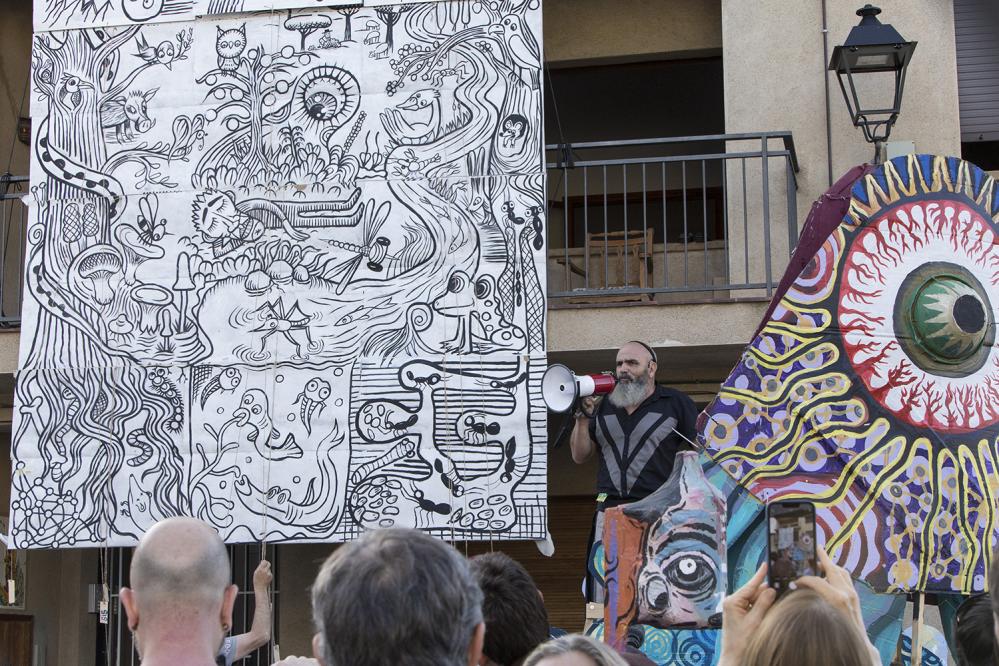 Natura Centrum Est, Rua acció-participativa, Marcel·lí Antúnez
Natura Centrum Est, Rua acció-participativa, Marcel·lí Antúnez


